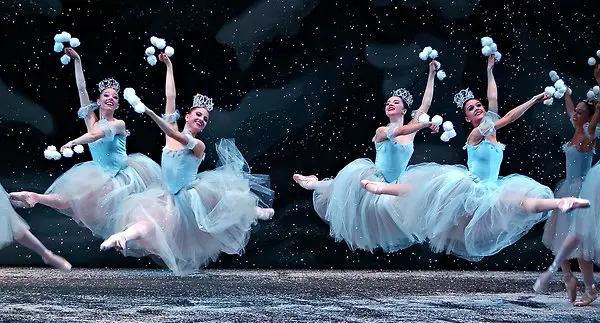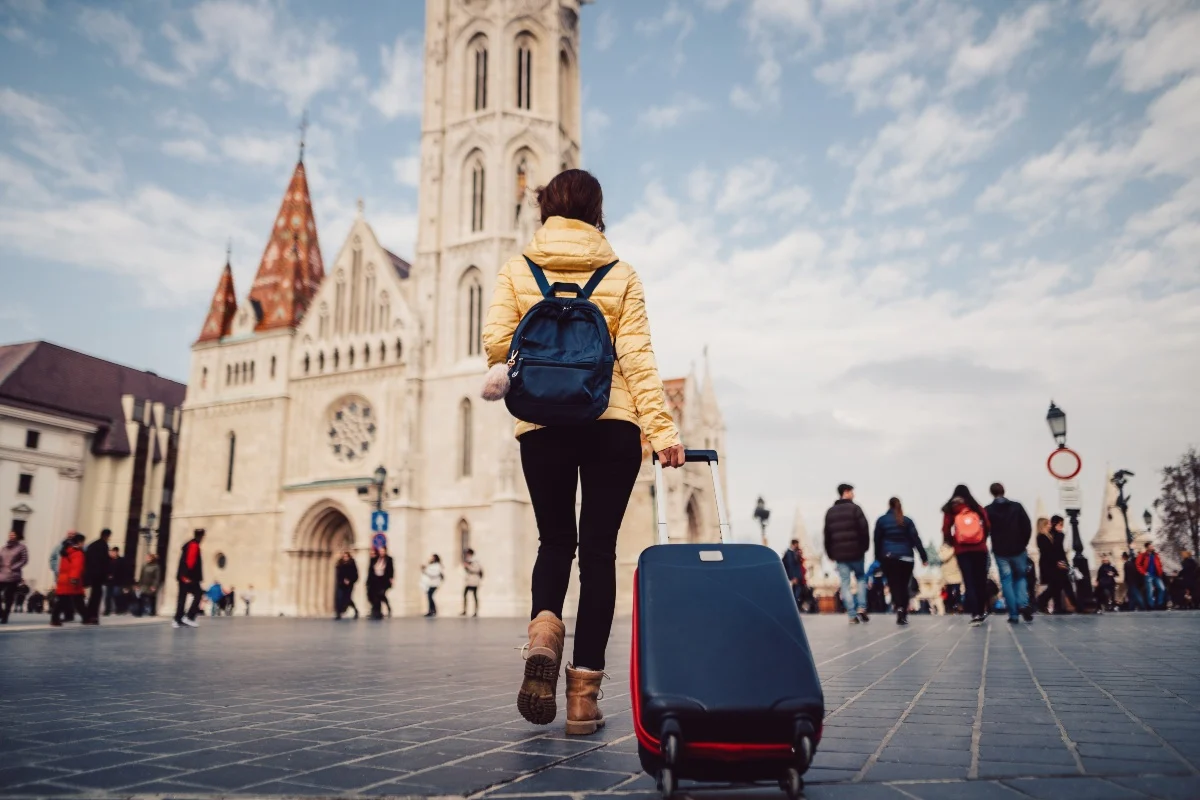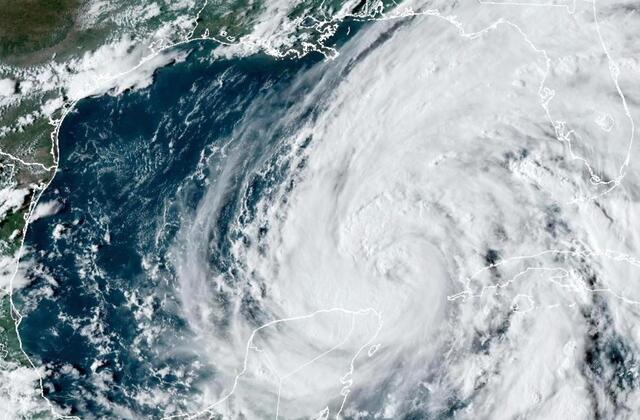The month of December is widely known for its abundance of Holidays. The reason many religious holidays fall around this time is the winter solstice. December 21 is the shortest day or longest night of the year, and the official start of the winter season. Evidence of celebrations around this time has been found dating back to 3000 BCE. While some are more popular than others, it’s important to learn about different cultures and celebrations.
The first holiday during the winter season is Hanukkah. Hanukkah is a Jewish holiday that started in the second century BCE. It commemorates the restoration of the second temple ever built in Jerusalem. An important tradition during this holiday is the lighting of the menorah every night. The menorah has eight branches with a stand for the “servant” candle that is used to light the others. Each night during the holiday one of the eight candles is lit. It is still celebrated worldwide today and is one of the most popular Jewish holidays. In Israel, Hanukkah is a national Holiday. In 2023, Hanukkah will take place from the evening of Dec. 7 to Dec 15.
Taking place on December eighth is Bodhi Day. It is celebrated by the Buddhist religion and is a worldwide holiday that is still celebrated today. Buddhism dates back 2,500 years and is one of the most well-known religions today. It focuses on the achievement of spiritual enlightenment instead of a central deity. Bodhi Day marks the time when Siddhartha Gautama reached enlightenment and became the “Buddha”. Some traditions of this holiday include reading and reciting spiritual texts, meditation, and kind acts toward others. Bodhi Day is important to many as it helps memorialize lessons from Buddha and unify people for the benefit of others
Held between Dec. 16 to Dec. 24 is Posadas Navideñas. It traditionally takes place in Mexico and remembers the events leading to the nativity of Jesus. Commemorating Joseph and Mary’s Journey from Nazareth to Bethlehem in search of a safe place for Mary to give birth, it is a key part of Christian traditions in Mexico. The history of Posadas Navideñas started with the colonization of Mexico when the Spaniards were teaching the Natives about Christmas. Ultimately, Posadas became a tradition held in communities. At a Posada, there is singing, pinatas, tamales, and gift bags. This celebration has spread to more countries over time, including Venezuela, Colombia, Guatemala, and Ecuador.
Yule is one of the oldest winter solstice festivals, dating back to the 8th century. It occurs on Dec. 21-22. Yule arose in Scandinavia, but over time was merged into the holiday of Christmas. By the 9th century, Yule transformed into a word for Christmas in languages such as Norwegian, Finnish, Icelandic, Swedish, Danish, Scottish, and Estonian. Today, Yule is celebrated by Neo-Pagans internationally, many of which attempt to recreate ancient traditions. An example of an ancient tradition recreated today is the Yule log. In the past, this was a log that burned for the duration of the holiday. Now, many people bake a cake and decorate it as a log. Another tradition is the Yule Goat, which is shown in cities all over Sweden. Even though many Yule traditions have been affiliated with Christmas, many still shine a light on ancient traditions.
Another popular December holiday is Christmas. It falls on Dec. 25, commemorating the birth of Jesus Christ. Historians do not know the exact reason for this date, but assume it originated in 221 with Sextus Julius Africanus. Christmas is a traditionally Christian observance but is celebrated worldwide to this day. A tradition commonly associated with Christmas is the Christmas Tree. This tradition originated in 1605 with the practice of placing fir trees in houses and decorating them with apples. Since then, the decorations have grown to ornaments, lights, candy canes, and more. Another ancient tradition that is still practiced today is the act of giving gifts. Starting in the 15th century, this tradition identified Christmas as a holiday focused on family and friends.
From Dec. 26 to Jan.1, Kwanzaa is celebrated. Kwanzaa is a typically African American Holiday but is also observed in the Caribbean and other countries with large populations of people of African descent. It was created in 1966 by Maulana Karenga. Kwanzaa is a secular holiday where each day focuses on a different principle. Unity, self-determination, collective responsibility, cooperative economics, purpose, creativity, and faith. Each day of the celebration, the family joins to light the kinara. The kinara holds seven candles, and each night one is lit to commemorate one of the principles. On the final day of Kwanzaa, there is a community feast to conclude the holiday.
Even though the winter solstice is responsible for December’s many holidays, the turning point in seasons represents the death and rebirth of the sun. It is interesting how different cultures interpreted this time to create traditions. While each culture celebrates this time differently, certain observances change over time. Examples of this would be Yule and Posadas Navideñas. What other traditions or celebrations have changed over time in different cultures?







